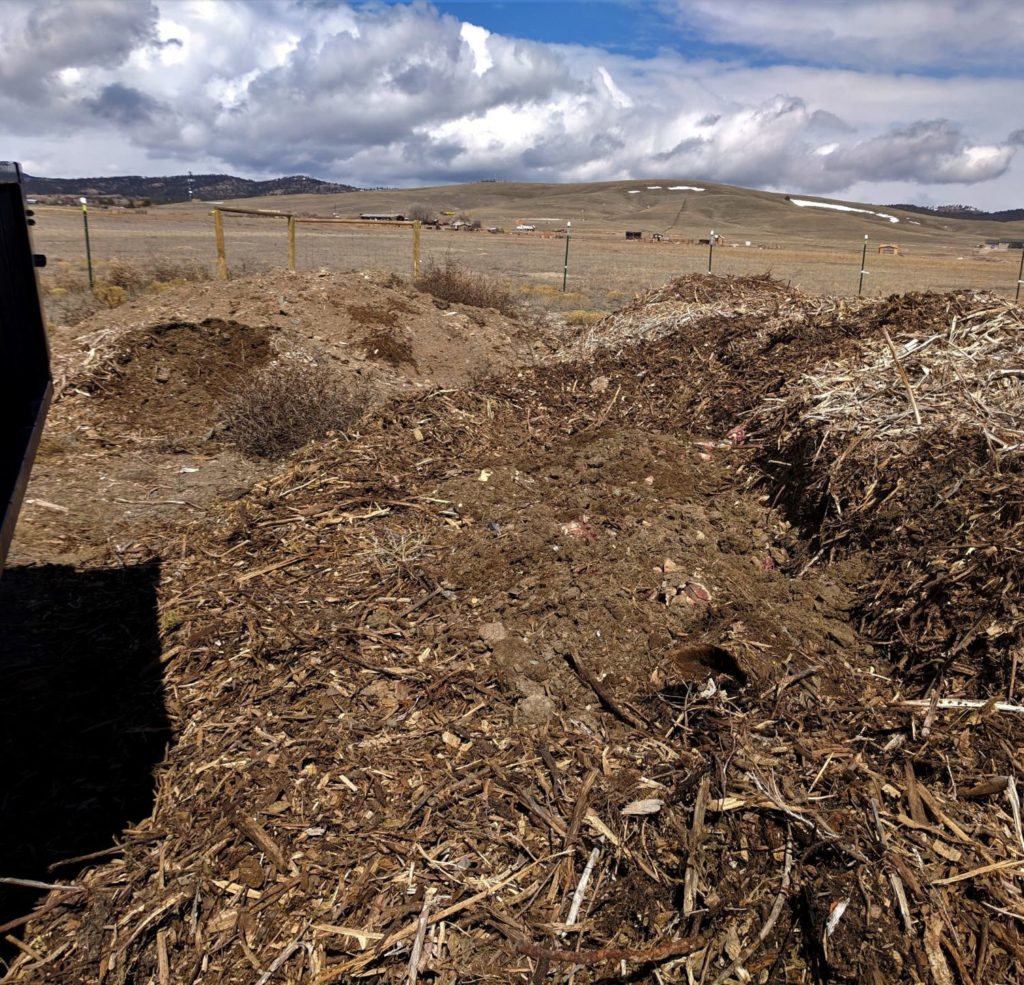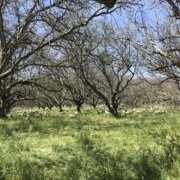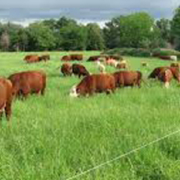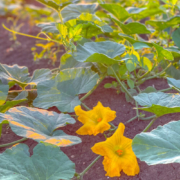LC Compost Solutions – A Future Solution for Carcass and Bio-hazardous Waste Disposal in Montana
 Print This Post
Print This Post
By Andrew Coggins, NCAT Rocky Mountain West Office Director
While NCAT was preparing our final report for the Blackfeet feasibility study for a processing plant on tribal land, one thing became apparent: certain by-products from meat processing, such as offal, bones, and hides are very much at the mercy of market prices. One minute, they could be a value-added product, and the next minute, they could become an additional disposal cost. This problem is shared by most of Montana’s processing plants, and only the big processors have the capacity and margins to consistently add value from these by-products.
To compound the problem, Montana landfills are increasingly closing their doors to bio-hazardous waste, a significant challenge considering that this type of waste is increasing as there is more demand for local processing facilities during the COVID-19 pandemic. Adding to the problem is a shrinking rendering industry, which means that carcasses and waste have to be transported over greater distances, resulting in greater costs and thin margins for the renderers. In Montana, there are only three rendering facilities, two near Missoula and one in Butte.
During our work on the Blackfeet Feasibility study, we contacted Cora Helm of LC Compost Solutions for her advice on the feasibility of incorporating a composting facility into a processing plant’s design, and also about the various rules and regulations that would apply. Cora was a wealth of information, having worked as an environmental scientist at the Montana Dept. of Transportation (MDT) for 24 years and on the State’s roadkill composting initiative, which currently operates seven composting sites across the state.

Adding offal. Photo: LC Compost Solutions
Cora started LC Compost Solutions to help address these challenges, but also to ”offer up an alternative to burial and cremation for people’s pets, such as horses, llamas, farm animals, dogs.” She also offers consultant services promoting composting as a waste management tool. “During my time at MDT, we partnered with local conservation groups interested in putting an end to the practice of mortality disposal on ranchlands. It is these dead piles that create conflicts between the scavenging wildlife (bears, wolves, raptors) and livestock,” she said.
The amount of material from ranches and processing plants potentially available for composting currently far exceeds the present capacity of available composting sites. So what’s the solution? Cora believes that much of the solution will lie with landfill sites adapting areas to organic waste handling, and composting the material rather than carcass burial. Helena is an example, having adapted to new need with two landfill sites – a conventional landfill site operated by the City/County Government, and a privately owned site that is now composting organic waste material, including slaughter waste and mortalities.

Starting to cover waste with woodchips. Photo: LC Compost Solutions
The second option is for more state meat processors to establish composting facilities, too. Such solutions are practically feasible in many cases, particularly with landfills, providing a source material (compost) for land reclamation projects across the state, saving money on other reclamation materials. But this will need investment by state and local government initially.
On a positive note, Cora noted that Montana’s Department of Environmental Quality is a proponent of composting. Let us hope this is the catalyst to encourage further local and state funding to keep adapting the landfill sites to accommodate more carcass composting areas.
Hear more of my conversation with Cora in the ATTRA podcast Mortality Composting.
For more information:
Cora Helm, LC Compost Solutions, North Helena Valley, Helena, Montana
mtcomposter@gmail.com
406-459-0338
Natural Rendering: Composting Livestock Mortality and Butcher Waste
Administrative Rules for the State of Montana – 70.50.1700/17.50.403



 USDA NRCS
USDA NRCS
 USDA photo by Lance Cheung
USDA photo by Lance Cheung




